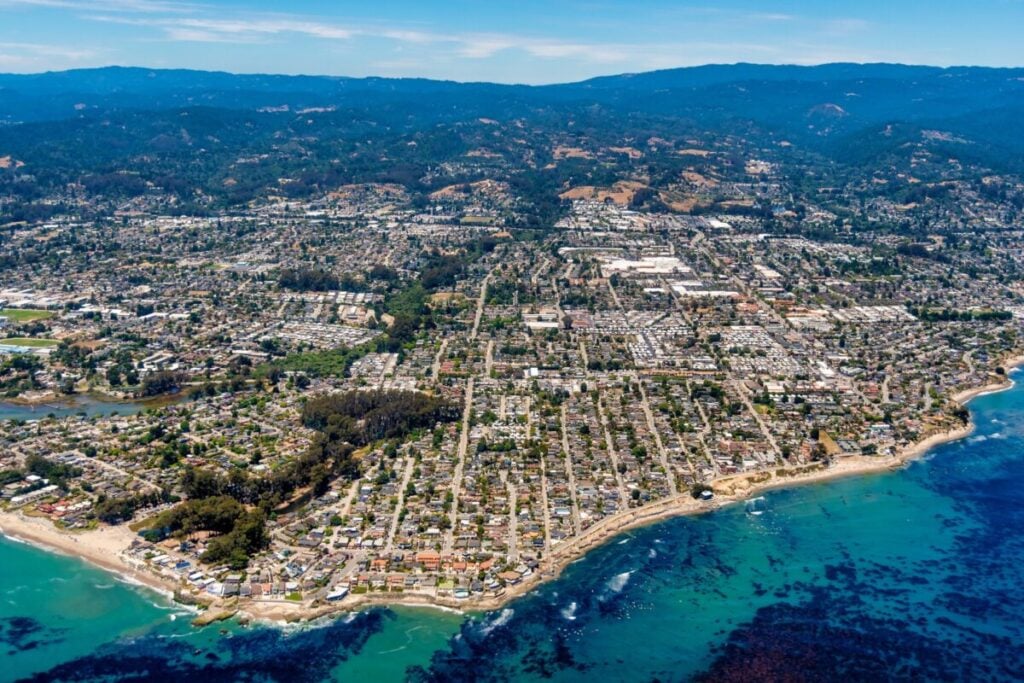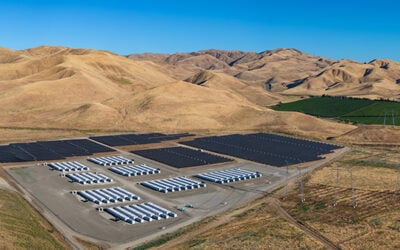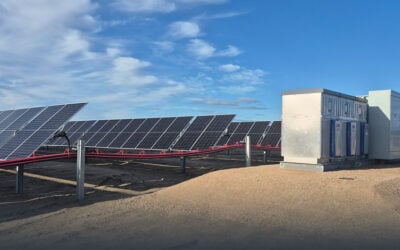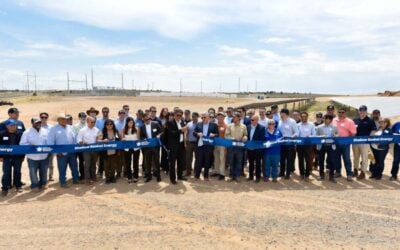
The Community Development and Infrastructure Department at Santa Cruz County has become the latest California jurisdiction to publish a draft zoning ordinance regulating the deployment of battery energy storage systems.
Planning officials have been working on the draft ordinance since August last year at the direction of Santa Cruz County’s Board of Supervisors (BoS).
Santa Cruz County Assistant Planning Director, Stephanie Hanson, presented the new ordinance to the BoS at its most recent November 18 meeting, and requested approval to commence environmental review.
Zoning overlay for limited parcels
With the ever-increasing deployment of energy storage, coupled with many authorities having no specific laws for the technology, many local US jurisdictions have developed their own BESS zoning rules over the past year.
Try Premium for just $1
- Full premium access for the first month at only $1
- Converts to an annual rate after 30 days unless cancelled
- Cancel anytime during the trial period
Premium Benefits
- Expert industry analysis and interviews
- Digital access to PV Tech Power journal
- Exclusive event discounts
Or get the full Premium subscription right away
Or continue reading this article for free
As reported by Energy-Storage.news, this includes authorities at California’s Orange, San Diego and Solano counties, who have all developed their own set of BESS zoning standards.
However, unlike these three jurisdictions, which all created an ordinance for their entire unincorporated counties, officials at Santa Cruz are proposing to restrict the development of BESS to a very small selection of land parcels.
Specifically, county officials have created a zoning overlay allowing for the development of BESS within parcels of land adjacent to transmission substations within the county. As originally proposed, the ordinance would have permitted the development of BESS to land parcels surrounding three 115kV substations owned by Pacific Gas & Electric (PG&E).
However, due to the ordinance’s setback requirements, this has been reduced to only two substations located on Minty Road and Freedom Boulevard.
On top of development only being allowed within a handful of parcels, BESS projects will also be restricted to a maximum 20-acre development area and maximum height of 25 feet.
When it comes to BESS setback requirements, developers will be required to include a 100-foot setback from property lines and agricultural resources, along with a 1,000-foot setback from sensitive receptors such as schools and hospitals.
Battery storage projects must also be located outdoors, or within “single use buildings,” and the use of nickel manganese cobalt (NMC) battery chemistry is prohibited.
After a lengthy public comment period and discussion amongst the board, officials voted for the planning department to revise the ordinance and bring it back to the BoS within three months after considering all the feedback heard at the recent meeting.
Once approved, an environmental review of the ordinance under the California Environmental Quality Act (CEQA) is expected to take around a year to complete.
Seahawk Energy Storage
In amongst this new ordinance is a project proposal from Lowell, Massachusetts-headquartered developer New Leaf Energy.
During December 2024, the developer submitted an application with Santa Cruz County to construct a 200MW/800MWh BESS project in Watsonville known as the Seahawk Energy Storage project. Despite being submitted almost a year ago, the proposal has yet to move forward as Santa Cruz County has deemed the application incomplete.
Once completed, the application, along with the new ordinance, will be subjected to an environmental review under CEQA.
Although New Leaf has so far pursued approval of the project at the county level, in light of another 3-month delay, officials during the recent meeting expressed their concerns with New Leaf withdrawing this application and utilising the state’s permitting process instead.
As opposed to a locally administered permitting process, developers of BESS projects exceeding 200MWh have the option of obtaining construction approval via the California Energy Commission’s (CEC’s) opt-in certification scheme.
Senate Bill 283
The BoS was initially due to vote on the ordinance during its August meeting. However, a decision was made to defer the vote until this month in order to wait for the release of more information relating to the fire at Vistra’s Moss Landing project, along with the passage of Senate Bill (SB) 283.
As reported by Energy-Storage.news, SB 283, known as the “Clean Energy Safety Act,” was approved by California Governor Gavin Newsom on 6 October 2025, and mandates several planning development best practices.
From 1 January 2026, this law will require developers to meet and confer with the authority that has jurisdiction over fire suppression where projects are being proposed.
The new law will also require projects be inspected and signed off by local fire authorities prior to commercial operations, at the expense of developers.





